Growing Borage for Beginners can seem daunting, but trust me, it’s easier than you think! Have you ever dreamed of a garden bursting with vibrant blue, star-shaped flowers that attract pollinators like bees and butterflies? That’s the magic of borage, also known as starflower! For centuries, borage has been cherished not only for its beauty but also for its medicinal properties and culinary uses. The ancient Romans believed it brought courage, and it was often added to wine to lift spirits.
But why should you consider growing borage? Well, beyond its historical charm, borage is a fantastic companion plant in any garden. It naturally repels pests, attracts beneficial insects, and even improves the soil. Plus, its edible flowers and leaves add a unique cucumber-like flavor to salads and drinks. If you’re looking for a low-maintenance, high-impact addition to your garden that offers beauty, benefits, and a touch of history, then growing borage for beginners is the perfect project for you. I’m here to guide you through every step, from seed to harvest, ensuring you have a thriving borage patch in no time!
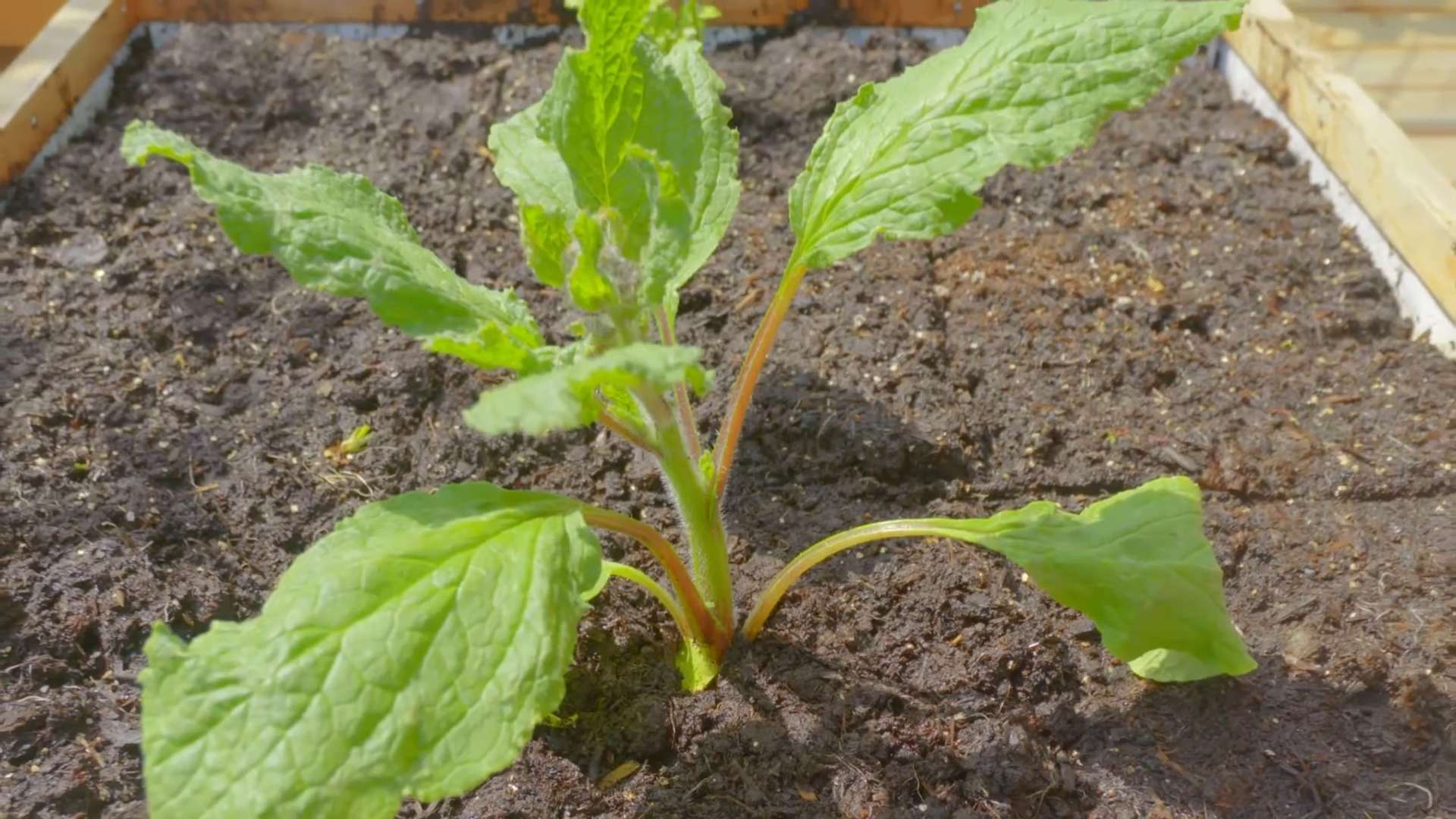
Growing Borage: A Beginner’s Guide to This Bee-Loving Herb
Hey there, fellow garden enthusiasts! I’m so excited to share my experience with growing borage. This beautiful herb, also known as starflower, is not only incredibly easy to cultivate, but it also attracts pollinators like crazy! Plus, the edible flowers and leaves add a unique touch to salads and drinks. Let’s dive into how you can grow your own borage patch.
Choosing the Right Location and Timing
Before we get our hands dirty, let’s talk about where and when to plant. Borage is pretty adaptable, but it thrives in certain conditions.
* Sunlight: Borage loves sunshine! Aim for at least 6 hours of direct sunlight per day. While it can tolerate partial shade, you’ll get the best growth and most abundant blooms in full sun.
* Soil: Borage isn’t too picky about soil, but well-drained soil is key. It prefers slightly acidic to neutral soil (pH 6.0-7.0). If your soil is heavy clay, amend it with compost or other organic matter to improve drainage.
* Timing: You can direct sow borage seeds in the spring after the last frost. I usually wait until the soil has warmed up to at least 60°F (15°C). You can also start seeds indoors 4-6 weeks before the last frost, but borage doesn’t always transplant well, so direct sowing is generally preferred. In warmer climates, you can also sow borage in the fall for a winter crop.
Step-by-Step Planting Guide
Now for the fun part – planting! Here’s how I plant my borage seeds:
1. Prepare the Soil: Clear the planting area of any weeds or debris. Loosen the soil with a garden fork or tiller to a depth of about 6-8 inches. Incorporate compost or other organic matter to improve soil fertility and drainage.
2. Sow the Seeds: Borage seeds are relatively large and easy to handle. Sow them directly into the prepared soil, spacing them about 6-12 inches apart. Plant the seeds about ½ inch deep.
3. Water Gently: After sowing, water the area gently to moisten the soil. Avoid overwatering, which can cause the seeds to rot.
4. Mark the Area: It’s a good idea to mark the planting area so you don’t accidentally disturb the seedlings as they emerge. I usually use plant markers or small stakes.
5. Thin Seedlings (If Necessary): Once the seedlings emerge (usually within 7-14 days), thin them to 12-18 inches apart. This will give them enough room to grow and prevent overcrowding.
Caring for Your Borage Plants
Once your borage plants are established, they’re pretty low-maintenance. Here’s what I do to keep them happy and healthy:
* Watering: Water regularly, especially during dry periods. Borage prefers consistently moist soil, but avoid overwatering. Let the top inch of soil dry out between waterings.
* Fertilizing: Borage doesn’t require a lot of fertilizer. In fact, too much fertilizer can lead to excessive foliage growth at the expense of flowers. If your soil is poor, you can apply a balanced organic fertilizer in the spring.
* Weeding: Keep the area around your borage plants free of weeds. Weeds compete for nutrients and water, which can stunt the growth of your borage.
* Deadheading: To encourage continuous blooming, deadhead spent flowers regularly. Simply pinch or cut off the faded flowers just below the flower head.
* Pest and Disease Control: Borage is generally pest and disease resistant. However, it can occasionally be affected by aphids or powdery mildew. If you notice any pests or diseases, treat them promptly with an appropriate organic insecticide or fungicide. I usually just blast aphids off with a strong stream of water from the hose.
Harvesting Borage
Harvesting borage is easy and rewarding! You can harvest both the leaves and the flowers.
* Harvesting Leaves: Harvest the leaves when they are young and tender. Older leaves can be a bit hairy and tough. Simply snip off the leaves with scissors or garden shears. The leaves have a mild cucumber-like flavor and can be used in salads, soups, and other dishes.
* Harvesting Flowers: Harvest the flowers when they are fully open. The flowers have a slightly sweet, honey-like flavor and can be used to garnish salads, desserts, and drinks. They’re also beautiful frozen in ice cubes!
* When to Harvest: You can start harvesting leaves and flowers as soon as the plant is large enough to handle. Harvest regularly to encourage continued growth and blooming.
Using Borage in the Kitchen
Borage is a versatile herb that can be used in a variety of culinary applications. Here are some of my favorite ways to use borage:
* Salads: Add borage leaves and flowers to salads for a refreshing cucumber-like flavor and a pop of color.
* Drinks: Float borage flowers in lemonade, iced tea, or cocktails for a beautiful and flavorful garnish.
* Soups: Add chopped borage leaves to soups and stews for a subtle cucumber flavor.
* Dips: Mix chopped borage leaves into dips and spreads for a unique twist.
* Candied Flowers: Candied borage flowers make a beautiful and elegant garnish for cakes and desserts.
Borage as a Companion Plant
Borage is a fantastic companion plant for many vegetables and herbs. It attracts pollinators, deters pests, and can even improve the flavor of certain crops. Here are some of the best companion plants for borage:
* Tomatoes: Borage is said to improve the flavor and growth of tomatoes.
* Strawberries: Borage attracts pollinators to strawberry plants, increasing fruit production.
* Squash: Borage deters squash bugs, a common pest of squash plants.
* Cabbage: Borage deters cabbage moths, which can damage cabbage plants.
* Beans: Borage attracts beneficial insects that prey on bean pests.
Saving Borage Seeds
If you want to save borage seeds for next year, it’s a pretty straightforward process.
1. Allow Flowers to Mature: Let some of the flowers on your borage plants mature and dry on the plant. The petals will fall off, and the seed pods will turn brown and dry.
2. Harvest the Seed Pods: Once the seed pods are completely dry, carefully harvest them from the plant.
3. Extract the Seeds: Gently crush the seed pods to release the seeds. You can do this by hand or by rubbing the seed pods between your fingers.
4. Clean the Seeds: Remove any debris from the seeds. You can use a sieve or your fingers to separate the seeds from the chaff.
5. Dry the Seeds: Spread the seeds out on a paper towel and let them dry completely for a few days.
6. Store the Seeds: Store the dried seeds in an airtight container in a cool, dark, and dry place. They should remain viable for several years.
Troubleshooting Common Borage Problems
Even though borage is relatively easy to grow, you might encounter a few problems along the way. Here are some common issues and how to address them:
* Leggy Growth: If your borage plants are leggy (tall and spindly), it could be due to insufficient sunlight. Move them to a sunnier location or provide supplemental lighting.
* Yellowing Leaves: Yellowing leaves can be a sign of overwatering or nutrient deficiency. Make sure the soil is well-drained and consider fertilizing with a balanced organic fertilizer.
* Powdery Mildew: Powdery mildew is a fungal disease that can affect borage plants, especially in humid conditions. Improve air circulation around the plants and treat with an organic fungicide if necessary.
* Aphids: Aphids are small, sap-sucking insects that can infest borage plants. Blast them off with a strong stream of water from the hose or treat with an organic insecticide.
Enjoying Your Borage Patch
Growing borage is a rewarding experience that will add beauty, flavor, and ecological benefits to your garden. With a little care and attention, you can enjoy a bountiful harvest of leaves and flowers all season long. So, get out there and start planting! You won’t regret it. Happy gardening!
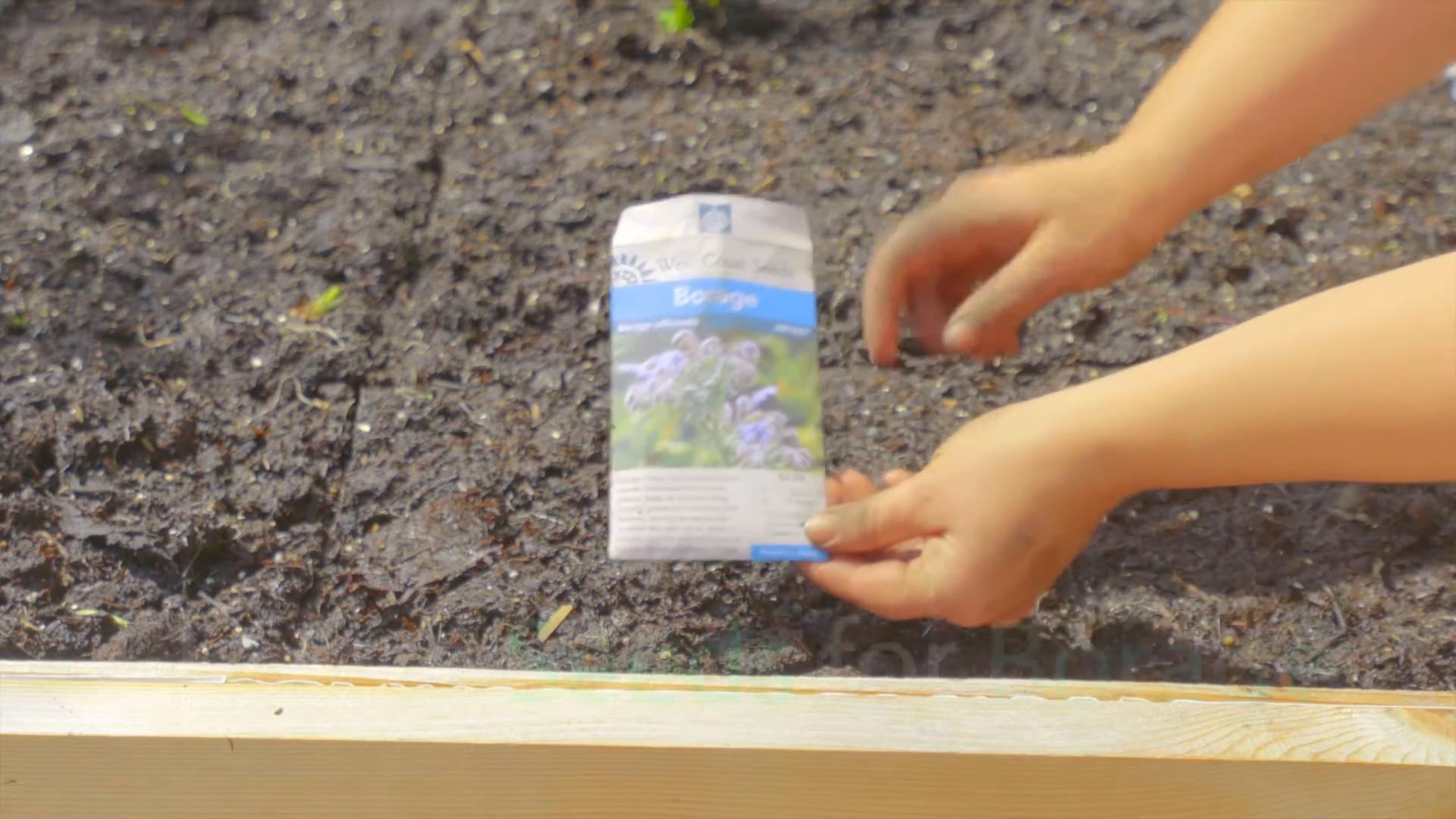
Conclusion
So, there you have it! Growing borage, even if you’re a complete beginner, is not only achievable but also incredibly rewarding. From its vibrant blue flowers that attract beneficial pollinators to its edible leaves and flowers that add a unique cucumber-like flavor to your culinary creations, borage is a true garden gem. We’ve covered everything from seed starting and transplanting to ongoing care and harvesting, equipping you with the knowledge you need to cultivate a thriving borage patch.
But why is this DIY trick a must-try? Simply put, growing your own borage offers a level of freshness and control you just can’t get from store-bought herbs. You know exactly what’s gone into your plants – no harsh chemicals or pesticides, just pure, natural goodness. Plus, the sheer joy of watching a tiny seed transform into a flourishing plant is an experience that connects you to nature in a profound way.
Beyond the basics, there are plenty of ways to experiment and personalize your borage growing experience. Consider companion planting borage with strawberries or tomatoes, as it’s believed to deter pests and improve their growth. You could also try growing different varieties of borage, such as the white-flowered Alba, for a unique twist. And don’t be afraid to get creative in the kitchen! Use borage flowers to garnish salads, freeze them in ice cubes for refreshing summer drinks, or even candy them for a sweet treat. The possibilities are endless!
Growing borage is more than just a gardening project; it’s an opportunity to connect with nature, enhance your culinary skills, and contribute to a healthier ecosystem. It’s a simple yet powerful way to bring beauty and flavor into your life.
We wholeheartedly encourage you to give this DIY trick a try. Start small, be patient, and don’t be afraid to experiment. We’re confident that you’ll be amazed by the results. And most importantly, we want to hear about your experience! Share your photos, tips, and stories with us in the comments below. Let’s create a community of borage enthusiasts and inspire others to discover the joys of growing their own food. Happy gardening!
Frequently Asked Questions (FAQs)
What are the best conditions for growing borage?
Borage thrives in full sun to partial shade and well-drained soil. While it’s relatively adaptable, it prefers a slightly acidic to neutral pH. Ensure the soil is consistently moist, especially during dry periods, but avoid overwatering, which can lead to root rot. Borage is also quite tolerant of poor soil conditions, making it a great choice for gardeners with less-than-ideal soil. However, amending the soil with compost or other organic matter will always improve its growth and overall health.
How often should I water my borage plants?
Water borage plants deeply but infrequently, allowing the soil to dry out slightly between waterings. The frequency will depend on your climate and soil type. In hot, dry weather, you may need to water every few days, while in cooler, wetter conditions, once a week may be sufficient. A good rule of thumb is to check the soil moisture by sticking your finger about an inch deep. If it feels dry, it’s time to water. Avoid overhead watering, as this can promote fungal diseases. Instead, water at the base of the plant.
When is the best time to harvest borage leaves and flowers?
Harvest borage leaves when they are young and tender, typically about 6-8 weeks after planting. The younger leaves have a milder flavor. Harvest the flowers as they open, ideally in the morning after the dew has dried. The flowers are most flavorful when they are freshly picked. To encourage continuous flowering, deadhead spent blooms regularly. This will also prevent the plant from self-seeding too aggressively.
Is borage invasive?
Borage can self-seed readily, so it can become somewhat invasive in some gardens. However, it’s generally easy to control by deadheading the flowers before they go to seed. You can also pull up any unwanted seedlings that pop up in the spring. If you’re concerned about it spreading, consider growing borage in containers.
What are some common pests and diseases that affect borage?
Borage is generally pest and disease resistant, but it can occasionally be affected by aphids, spider mites, or powdery mildew. Aphids and spider mites can be controlled with insecticidal soap or neem oil. Powdery mildew can be prevented by ensuring good air circulation around the plants and avoiding overhead watering. If powdery mildew does occur, you can treat it with a fungicide.
Can I eat borage leaves and flowers?
Yes, both borage leaves and flowers are edible. The leaves have a mild cucumber-like flavor and can be used in salads, soups, and other dishes. The flowers also have a cucumber-like flavor and are often used as a garnish or added to drinks. However, it’s important to note that borage contains small amounts of pyrrolizidine alkaloids (PAs), which can be toxic in large quantities. Therefore, it’s best to consume borage in moderation. Pregnant and breastfeeding women should avoid consuming borage.
How can I use borage in my garden to benefit other plants?
Borage is a great companion plant for many vegetables and fruits. It attracts beneficial pollinators, such as bees and hoverflies, which can help to increase yields. It’s also believed to deter certain pests, such as tomato hornworms and cabbage moths. Planting borage near strawberries, tomatoes, and squash can help to improve their growth and overall health.
Can I grow borage in containers?
Yes, borage can be grown successfully in containers. Choose a pot that is at least 12 inches in diameter and fill it with well-draining potting mix. Water regularly and fertilize every few weeks with a balanced fertilizer. Place the container in a sunny location. Container-grown borage may need to be watered more frequently than borage grown in the ground.
How do I save borage seeds for next year?
To save borage seeds, allow the flowers to dry on the plant. Once the seed pods are brown and dry, carefully collect them and remove the seeds. Store the seeds in a cool, dry place in an airtight container. Borage seeds are best sown in the spring.
Is borage a good plant for attracting bees?
Yes, borage is an excellent plant for attracting bees. Its vibrant blue flowers are highly attractive to bees, and it provides them with a valuable source of nectar and pollen. Planting borage in your garden is a great way to support bee populations and promote pollination.

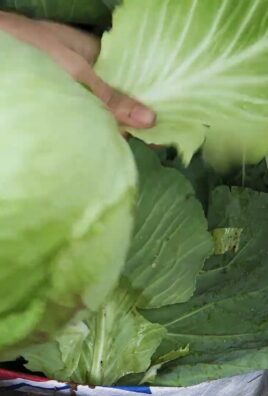
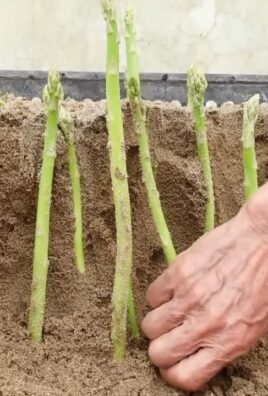
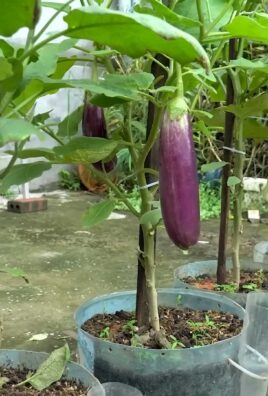
Leave a Comment